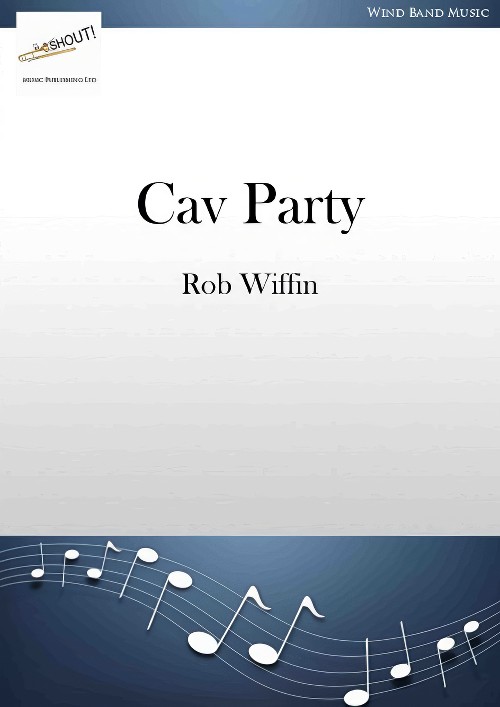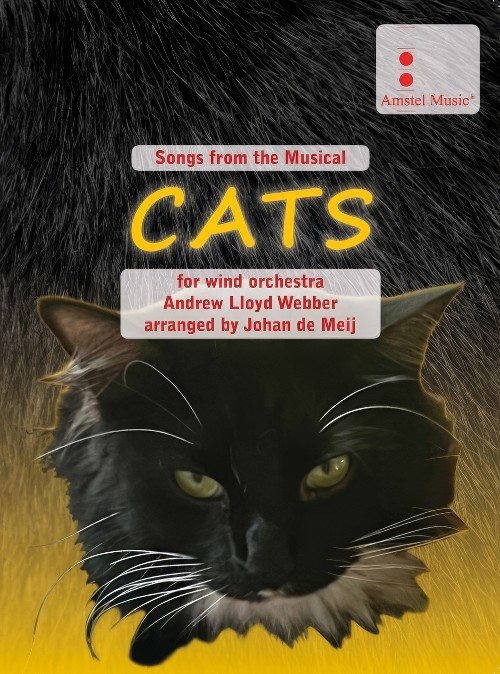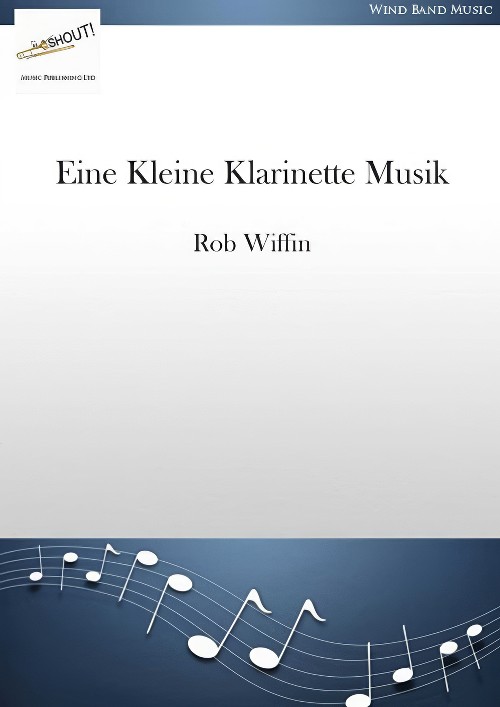Results
-
 £90.20
£90.20The Rocketeer - James Horner
Before Titanic,James Horner was not above composing scores for cartoonish family films, and many of those that brought him on their production board owe him greatly. The Rocketeer entails the story of a young pilot during World War II who happens upon a rocket pack that allows him to fly. The film is based on the tradition of old film serials that left theater-goers hanging with "To be continued," and aside from modern production, it is old fashioned and innocent fun. Horner's score begins and ends with the brilliant "Main Title," which is so moving it was used in previews for later films that did not yet have finished scores. Most of th Rocketeersoundtrack elicits the adventure and lifting spirit of the film and reveals how Horner incorporates rich instrumentals in the tiniest crevices. Even when the film involves danger, as in "Jenny's Rescue," the composer takes care when it is hardly even required. Instead of some "duh-duh-duhs," he brings on a full, stunning orchestra and when he overdoes it, it is in a jolly way -- he never exhausts his medium. That is what separates him from inferior composers, and what makes a nice film like The Rocketeer extra nice. It is a soundtrack worth listening to.
Estimated dispatch 7-14 working days
-
£79.95
A Psalm of Praise - Score and Parts - James Curnow
Program NotesOriginally conceived as a brass band tone poem, A Psalm of Praise gained huge popularity when it was first published in 1980. When it first appeared in print, the work was widely performed by Salvation Army bands around the world. It is full of interest and presents plenty of what for many bands will be realistically achievable levels of musical and technical challenge.As with much Salvation Army music, it was inspired by words from scripture, specifically from Psalm 100. Musically, it is based on the well-known hymn tune Praise My Soul the King of Heaven, with motifs and fragments of the tune appearing throughout the work in various guises alongside the original thematic material.James Curnow's skillfully economic use of melodic and rhythmic ideas is demonstrated to perfection in this work, which will be rewarding to rehearse in detail and perform and will provide a useful addition to concert repertoire.
Estimated dispatch 7-14 working days
-
£15.95
A Psalm of Praise - Score only - James Curnow
Program NotesOriginally conceived as a brass band tone poem, A Psalm of Praise gained huge popularity when it was first published in 1980. When it first appeared in print, the work was widely performed by Salvation Army bands around the world. It is full of interest and presents plenty of what for many bands will be realistically achievable levels of musical and technical challenge.As with much Salvation Army music, it was inspired by words from scripture, specifically from Psalm 100. Musically, it is based on the well-known hymn tune Praise My Soul the King of Heaven, with motifs and fragments of the tune appearing throughout the work in various guises alongside the original thematic material.James Curnow's skillfully economic use of melodic and rhythmic ideas is demonstrated to perfection in this work, which will be rewarding to rehearse in detail and perform and will provide a useful addition to concert repertoire.
Estimated dispatch 7-14 working days
-
£69.95
Toccata - Score and Parts - Wilfred Heaton
Program NotesToccata - Oh the blessed Lord was first conceived as a brass sextet and remained in that form until the early 1970s when it was amplified to full brass band instrumentation. Now its further amplification to Wind Band it is hoped that it will be enjoyed by an even greater audience and many more performers.Whilst it is not easy to play, the music, once mastered, is something that bands enjoy. It will be evident to the discerning that this close-knit work is based on the verse of an adaption of the old spiritual, "Oh, dem golden slippers," the text beginning, "Oh the blessed Lord, He has saved my soul." The figures are derived therefrom.The absence of percussion is the express intention of the composer.
Estimated dispatch 7-14 working days
-
£13.95
Toccata - Score only - Wilfred Heaton
Program NotesToccata - Oh the blessed Lord was first conceived as a brass sextet and remained in that form until the early 1970s when it was amplified to full brass band instrumentation. Now its further amplification to Wind Band it is hoped that it will be enjoyed by an even greater audience and many more performers.Whilst it is not easy to play, the music, once mastered, is something that bands enjoy. It will be evident to the discerning that this close-knit work is based on the verse of an adaption of the old spiritual, "Oh, dem golden slippers," the text beginning, "Oh the blessed Lord, He has saved my soul." The figures are derived therefrom.The absence of percussion is the express intention of the composer.
Estimated dispatch 7-14 working days
-
 £43.00
£43.00The Dark Crusader - Donald Josuweit
This is the perfect song for teaching 6/8 time. It is all very easy with eighth notes in groups of 3 only. No quarter/eighth rhythms, so it is easy to get the students to feel the triple meter. It is also a great song for getting the first clarinet players to play over the break. For the 1st half of the song, they play low notes. From low A, they press the register key and get the E in the staff, thus making it easy and fun to play the higher notes. It is an exciting work and one of NMP's best sellers. The first trumpet's highest note is C.
Estimated dispatch 12-14 working days
-
 £49.95
£49.95Cav Party (Concert Band - Score and Parts) - Wiffin, Rob
Cav Party was commissioned by The Band of the Household Cavalry in 2020. The idea was to showcase the various musical elements of the band in a party piece that gets more boisterous as it goes on. It utilises three Eighteenth century melodies associated with the band, starting off with a folkish setting of Handel's March from Scipio for harp, violin, flute and cor anglais (all fully cued on regular wind band instruments) and then into Keel Row where the accordion is featured before the whole band enters, and finally to Money Musk. Both Keel Row and Money Musk are played as Trot Marches by the band.The regimental slow march Scipio comes from Handel's opera of 1725 The Mercy of Scipio, which was based on the life of the Roman General Scipio Africanus.Keel Row is a traditional folk song evoking the life and work of the keelmen of Newcastle upon Tyne. It was first published in 1770, although it could be considerably older. The opening lines of the song describe Sandgate, the part of the quayside overlooking the River Tyne to the east of the city centre where the keelmen lived.Money Musk, also known as Monymusk or Monnymusk was originally a pipe tune composed by Scottish fiddler Daniel (sometimes Donald) Dow (1732 - 1783) in 1776. It takes its name from a baronial estate in Aberdeenshire, Scotland called Monymusk House. The tune first appeared in Dow's Thirty Seven New Reels, c. 1780 under the title Sir Archibald Grant of Monemusk's Reel.Duration: 3.45
Estimated dispatch 7-14 working days
-
 £118.99
£118.99Cats (Songs from the musical) (Concert Band - Score and Parts) - Lloyd Webber, Andrew - De Meij, Johan
The musical Cats, with music by Andrew Lloyd Webber is based on the 1939 poetry collection Old Possum's Book of Practical Cats by T.S. Eliot. It became Lloyd Webber's third great success, after the musicals Jesus Christ Superstar and Evita. He began setting Eliot's poems to music in 1977, and the compositions were first presented as a song cycle in 1980. Producer Cameron Mackintosh then recruited director Trevor Nunn and choreographer Gillian Lynne to turn the songs into a complete musical. Cats became one of the longest-running shows in West End and Broadway history. It received its world premiere at the New London Theatre in 1981, where it played for 21 record-breaking years and almost 9,000 performances. The following year, Cats opened at New York's Winter Garden Theatre, its home for the next 18 years, garnering seven 1983 Tony Awards, including Best Musical. The show returned to Broadway in 2016, where it had a successful pre-tour run at the Neil Simon Theatre. Cats has been presented in over 30 countries, translated into 16 languages, and seen by more than 73 million people worldwide. Lloyd Webber's magnificent musical score includes the poignant hit song Memory, which has been recorded by over 150 artists, from Barbra Streisand to Liberace to Barry Manilow. It took 7,486 chandelier crashes for Lloyd Webber's The Phantom of the Opera to take over from Cats as the longest-running show in Broadway history in January 2006.Duration: 8.15
Estimated dispatch 7-14 working days
-
 £44.95
£44.95Eine Kleine Klarinette Musik (Clarinet Solo with Concert Band - Score and Parts) - Wiffin, Rob
A solo for solo clarinet and band featuring the well-known tune from Mozart's Eine kleine Nachtmusik. I have always thought that Woody Herman's Golden Wedding is a great showpiece for clarinet. He takes a tune entitled La Cinquantaine by the French Romantic composer Jean Gabriel-Marie (1852 - 1928) and sets it as a big band swing piece complete with Krupa Toms. In seeking to emulate it I suddenly realised that the Rondo from Mozart's Eine Kleine Nachtmusik K.525 had very much the same character if I presented it in a minor key. It was then really just a matter of organizing the various sections, setting them in a swing manner and adding a cadenza-like passage. There is, of course, a strong connection between Mozart and the clarinet. It was fun to write and will hopefully be a fun solo vehicle for clarinettists. - Rob Wiffin. Duration: 3.30
Estimated dispatch 7-14 working days
